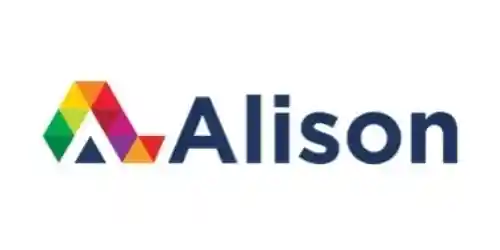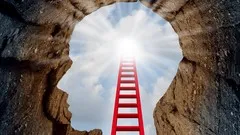
PTSD: Dealing with Shock and Trauma 
This course will provide you with the practical steps to deal with PTSD through 'cleaning and clearing energy packets' in the system. Learn how to dispell frozen images, the importance of hydration, and how to choose a positive attitude for lasting healing. Sign up today and equip yourself with the tools to overcome trauma and shock! ▼
ADVERTISEMENT
Course Feature
![]() Cost:
Cost:
Free
![]() Provider:
Provider:
Alison
![]() Certificate:
Certificate:
No Information
![]() Language:
Language:
English
Course Overview
❗The content presented here is sourced directly from Alison platform. For comprehensive course details, including enrollment information, simply click on the 'Go to class' link on our website.
Updated in [June 30th, 2023]
This course, PTSD: Dealing with Shock and Trauma, provides an overview of the practical steps to dealing with Post Traumatic Stress Disorder (PTSD). It will cover topics such as healing and inner peace, Template Memories, water and hydration, Neurological Disorganization, inner dialogue, and the importance of a positive attitude. Exercises such as the TAT Pose and Three-Spot Tapping Points will be introduced to help dispel frozen images and provide lasting healing. This course is beneficial for professionals working with PTSD sufferers, victims, their friends and family, or anyone interested in learning more about the condition. Sign up today to gain valuable and practical tools to help you deal with shock and trauma.
[Applications]
Upon completion of this course, participants will be able to apply the knowledge and techniques learned to help those suffering from PTSD. They will be able to use the TAT Pose and Three-Spot Tapping Points to help dispel Template Memories, as well as understand the importance of hydration and positive attitude in the treatment. Additionally, they will be able to use inner dialogue to provide grounding before treatment. Professionals, victims, their friends and family, or anyone interested in helping those suffering from PTSD will find the tools provided in this course valuable and practical.
[Career Path]
Job Position Path: PTSD Counselor
PTSD Counselors are mental health professionals who specialize in helping individuals who have experienced trauma or shock. They provide support and guidance to those who have been affected by traumatic events, helping them to process their emotions and develop coping strategies. PTSD Counselors use a variety of therapeutic techniques, such as cognitive-behavioral therapy, psychodynamic therapy, and trauma-focused therapy, to help their clients manage their symptoms and improve their quality of life. They also provide education and resources to help their clients understand their condition and develop healthy coping skills.
The demand for PTSD Counselors is expected to grow in the coming years, as more people are exposed to traumatic events and seek help to manage their symptoms. PTSD Counselors must have a master's degree in psychology, counseling, or a related field, as well as a license to practice in their state. They must also have experience working with individuals who have experienced trauma or shock. Additionally, they must be knowledgeable about the latest research and treatments for PTSD, and be able to provide evidence-based care to their clients.
[Education Path]
The recommended educational path for learners interested in PTSD: Dealing with Shock and Trauma is to pursue a degree in psychology or counseling. This degree will provide learners with the knowledge and skills necessary to understand and treat individuals suffering from PTSD. The degree will cover topics such as the psychological and physiological effects of trauma, the development of coping strategies, and the use of evidence-based treatments. Learners will also gain an understanding of the ethical considerations involved in working with individuals suffering from PTSD.
The development trend of this degree is to focus on the use of evidence-based treatments, such as cognitive-behavioral therapy, to help individuals suffering from PTSD. Additionally, the degree will focus on the use of technology to provide more accessible and effective treatments. This includes the use of virtual reality, telehealth, and other digital tools to provide more effective and efficient treatments. Finally, the degree will focus on the importance of self-care and the development of resilience in individuals suffering from PTSD.
Course Syllabus
Cleaning and Clearing Shock and Trauma
This module will demonstrate action steps for ‘healing’ trauma and shock. You will learn the importance of hydration and inner dialogue as preparatory steps required for the TAT pose and Three-Spot Tapping Points. You will also learn how trauma or shock creates ‘Energy Packets’ and therefore the need for ‘cleaning and clearing.’Course assessment
Course Provider

Provider Alison's Stats at AZClass
Discussion and Reviews
0.0 (Based on 0 reviews)
Explore Similar Online Courses

Training for School Counsellors

Learn Unity 3D for Absolute Beginners

Python for Informatics: Exploring Information

Social Network Analysis

Introduction to Systematic Review and Meta-Analysis

The Analytics Edge

DCO042 - Python For Informatics

Causal Diagrams: Draw Your Assumptions Before Your Conclusions

Whole genome sequencing of bacterial genomes - tools and applications

Meditation

Mental Health First Aid Skills -


Start your review of PTSD: Dealing with Shock and Trauma